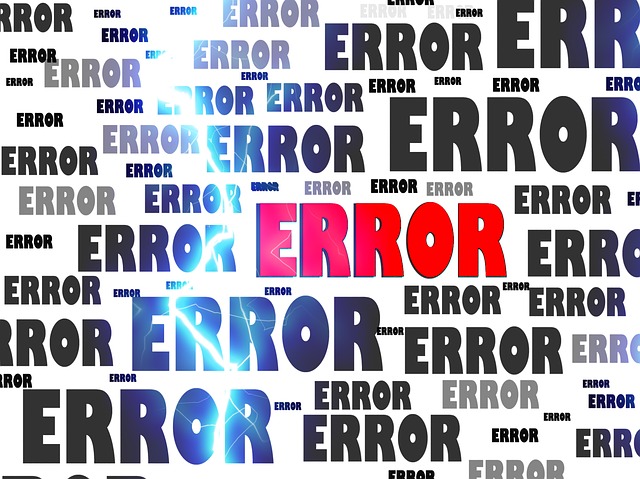Is “Incompatible Worldview” a Root Cause?

To consider if an “Incompatible Worldview” is a root cause, you can use Complex Systems Analysis to analyze four types of errors. The four types of errors are:
Type 1 and Type 2 errors are about the wrong conclusion being drawn from the evidence you have. False positives and false negatives in the vaccination world. Seeing a problem when there isn’t one and not seeing a problem when there is. See Quality Control of Systems.
A Type 3 error is best described as “solving the wrong problem in the most efficient possible manner.” In the submarine force, we called this “nuking it.” Examples:
- Diabetes: a systemic inability to process exogenous carbohydrates that we treat by feeding MORE carbohydrates. Do you treat a peanut allergy by eating more peanuts? #2ketodudes #thefatemperor. Bread is a whole ‘nother can of peanuts.
- Chop and swap corrective maintenance: if your “solution” didn’t work last time, you didn’t fix the cause, and it WILL happen again. Brainstorming and apparent cause analyses aren’t troubleshooting: they are guessing.
- Broken financial concepts: money is a tool to accomplish your goals, not a resource to hoard. Thanks for the personal growth Ramit Sethi!
Type 3 errors usually reflect a single faulty assumption. When you overcome the block, you feel like, “Oh, that makes so much sense!”
Type 4 errors are different. These are errors of incompatible worldviews, something so deeply bound up in what a person WANTS or CHOOSES to believe. Overcoming type 4 errors requires change and adaptation to uncomfortable realities. People are exquisitely good at the T4E.
If you are unaware of your T4E, we call that cognitive dissonance.
If you ARE aware, it’s either corruption or, best case, a conflict of interest.
Blaming your employees for the accidents in which they are involved is a combined Type 3 and Type 4 error. You solve absolutely NOTHING when you fire a worker for making a mistake. Here are a few completely unnecessary problems you buy into when you operate on “we just need to hire the right people”:
- Severance costs;
- Hiring costs;
- Training costs;
- Risk accumulation due to inexperienced workers and loss of system operational knowledge;
- Equipment maintenance and repair costs go up. Your expert’s gone!
- Team morale was lost due to disrupting relationships;
- Legal and thus financial risk from unjust termination;
- The same accident happening again because you didn’t find or fix the root causes!
- And by the way, none of this buys you out of statutory fines or sanctions from the original accident.
This is actually an insult to all Type 3 problems because by blaming the worker, you’re solving the wrong problem in the LEAST efficient way possible.
I just read an interview with Brian Cain of Civitas Resources on their proactive initiatives to reduce carbon emissions. Here are his thoughts on buying Offsets to claim carbon neutrality.
“It means that at the end of every year, you are on the hook – you’re paying the piper for every ton of emissions that you didn’t reduce or eliminate that year.”
You can either understand and FIX problems through a conscious decision to pursue excellence and improvement, or you can hide in your dearly held methods, algorithms, and programs. You’ll just pay through the nose to remain in your ignorance. Another submariner tenet: The Stupid Shall Be Punished.
People will always act according to the strongest perceived incentive. TapRooT® RCA has an entire module in our 5-Day Advanced Team Leader Training devoted to motivating desired behavior with incentives.

The blame game is the Type 4 error causing you the most grief. Wondering why there’s such a worker shortage? It’s because they get fired when, as humans do, they make mistakes. They’re more than happy to go start their own business. Great Resignation much? To all you Chief Sustainability Officers out there, workforce turnover due to blame is the number one most unsustainable practice.
Let me show you a more excellent way.
Attend a TapRooT® course and learn how to find and fix the systemic reasons human mistakes lead to accidents.



